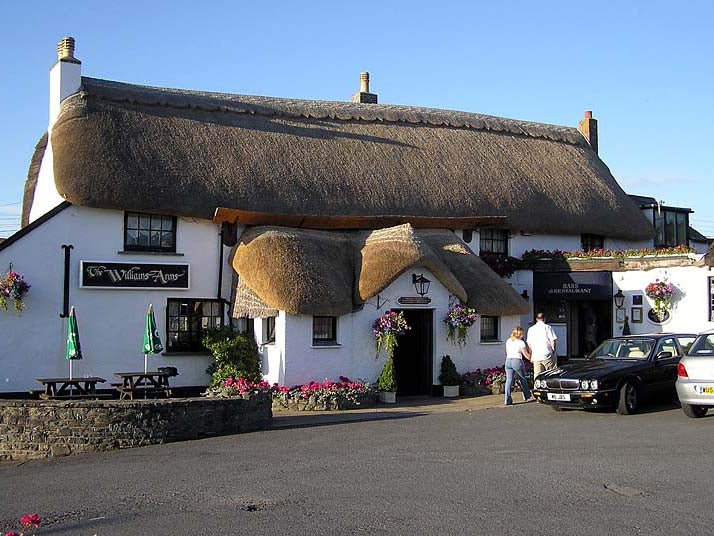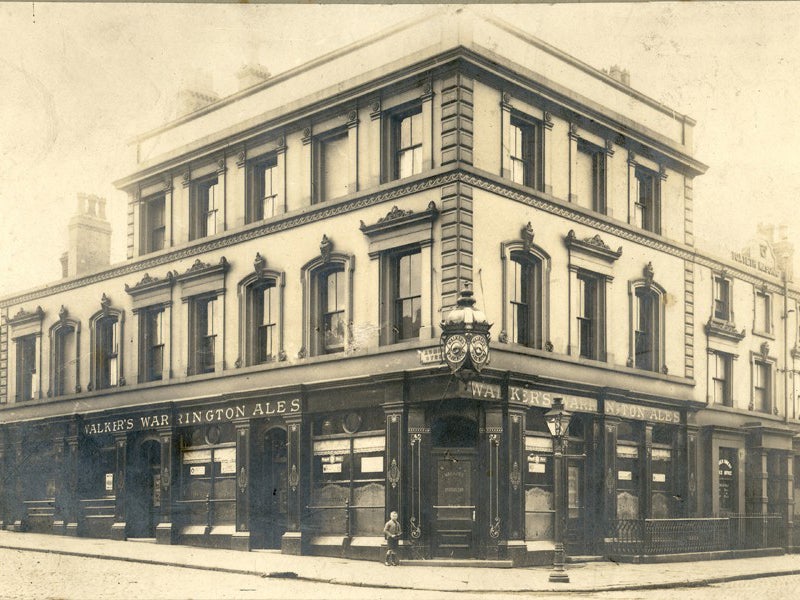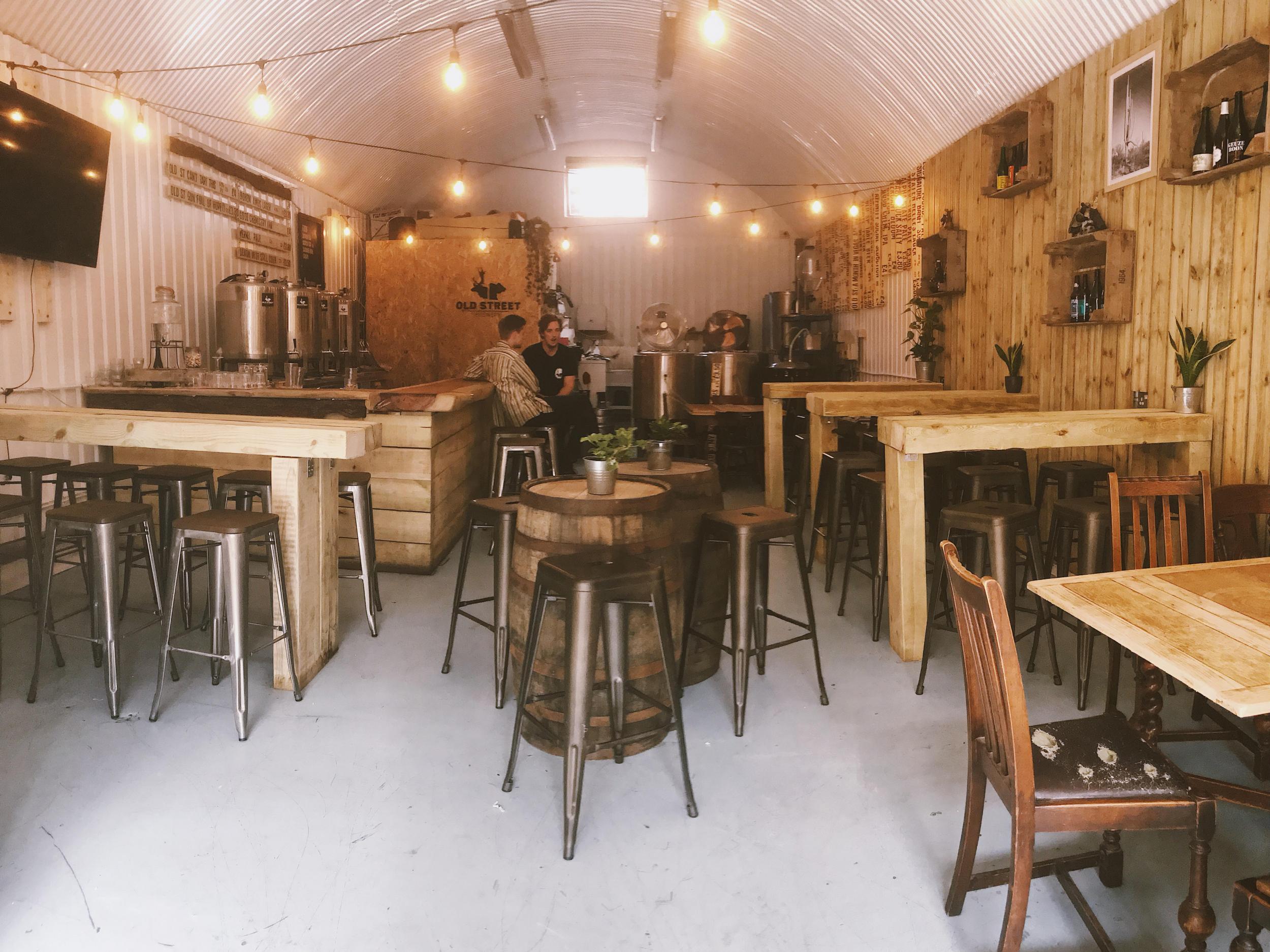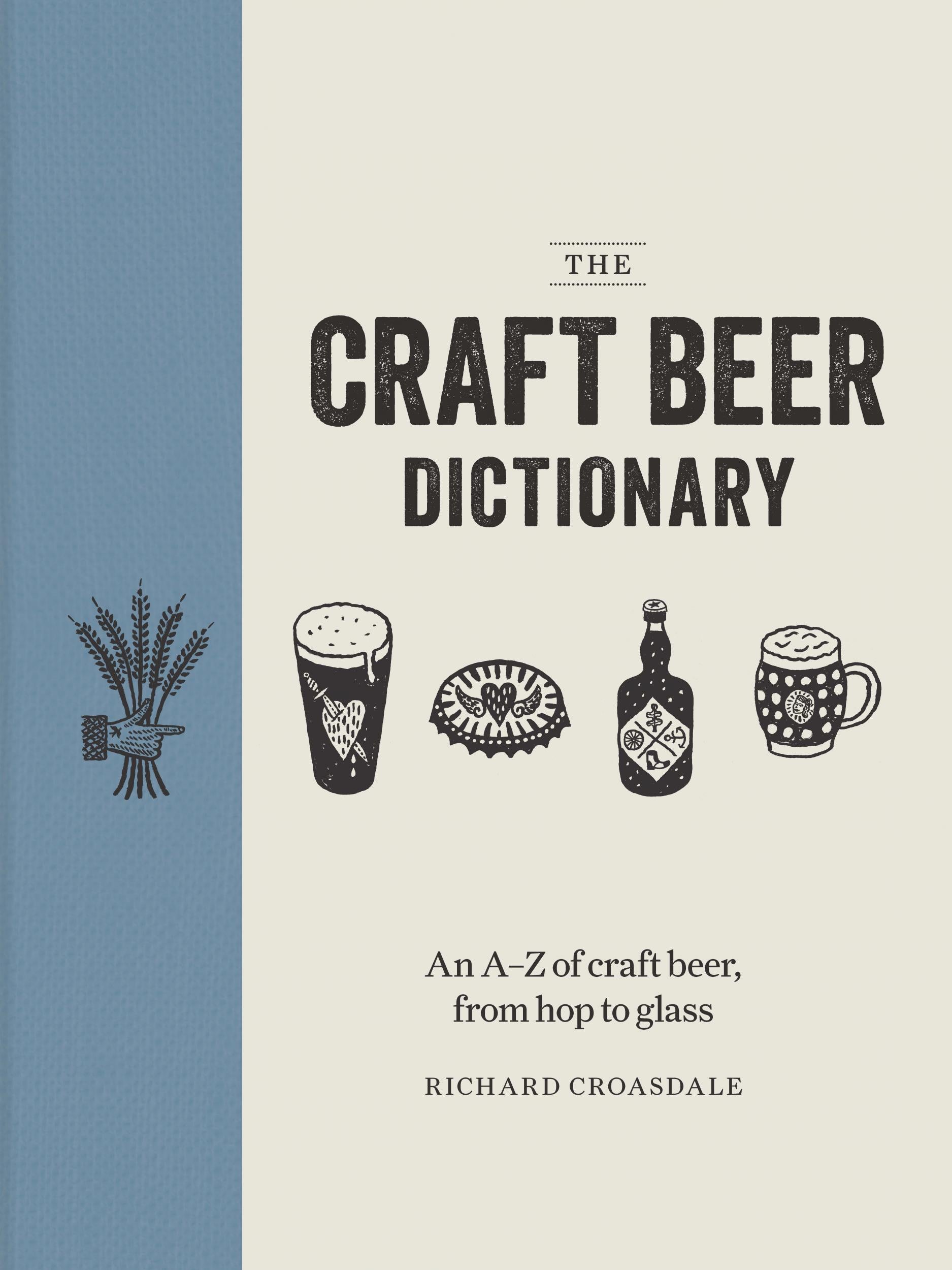The Independent's journalism is supported by our readers. When you purchase through links on our site, we may earn commission.
What’s more important: The beer we drink or where we drink it?
Beer has evolved and there’s a better choice than ever, but the UK pub is still in dire straits. In the second of The Independent’s Hop Topics series, Jo Turner says its time for those who care to put old prejudices aside

The cry of dismay that pubs are disappearing has become a firm fixture in the beer and business press over the past decade or so.
As the Great British Pub’s steep decline in health continues – ironically catalysed by a smoking ban, and compounded by a recession – the pressures of rising business rates, rent and taxation on publicans (and disproportionately proprietors of LGBT+ and independent music venues) have seen communities weakened as locals shut their doors, with loneliness increasing all the while. The picture has become sadly familiar.
Alongside all this hardship, of course, an awful lot of great stuff has happened to beer – craft beer revolution if you like – and the places we get it from.
Could this have been at the expense of our beloved old boozers, and the traditional beer styles found there? Are we putting too much emphasis on what’s in the glass and not enough on everything around it? Are there types of beer – and types of pub – which are more worthy of our stagnating wages than others? The short answers, I believe, are no, no and no. But how to save the pub remains a vexed question.
I don’t have to argue the importance of the pub as an institution. It’s been at the heart of our society since time immemorial. My eyes were first opened to the magic of beer in situ when I was about 13 – not, indeed, over a pint, but while playing the trumpet in one of my high-school brass teacher’s masterful arrangements. Red Cuillin was his tribute to a brew from the Isle of Skye which, according to his notes, could temporarily dispel the vicissitudes of life, particularly when consumed in The Phoenix Ale House in Inverness.
The tutor was fond of a libation and didn’t take himself too seriously. But that ode, with its sonorous opening chords that gathered pace into a jolly refrain; the band diverging into harmonies and countermelodies, clamouring for space like a bunch of mates round a table, enlivened by the drinks in front of them, showcased his love for the pub and piqued my interest to a world of that’s more than the sum of its parts. It was beautiful.

Camra (campaign for real ale) has long been at the forefront of efforts to get behind and save our disappearing public houses, and as another Budget approaches it’s renewed its calls on the government to axe any upcoming tax increases on beer and extend business rates relief on pubs where its been afforded.
But here’s the rub: earlier this year as part of the largest consultation in the organisation’s history – and alongside a raft of changes that did get the green light – members voted against a motion that would have extended the organisation’s remit to “act as the voice and represent the interests of all pubgoers and beer, cider and perry drinkers”. Well, 72 per cent voted for, but it needed 75 per cent to pass.
Pete Brown, a standout voice in beer writing, didn’t mince his words then – “Bye bye Camra … What a shame you couldn't change to reflect the very revolution you hoped to bring about, and did” – fleshing out his indignation in a lengthy blog post: what those who turned down the motion were against was the broadening of Camra’s scope to embrace keg-dispensed beers as well as real ales served from the cask. This made sense in the 1970s when kegs were synonymous with mass-produced, tasteless lager, but not now.
That at the same time the decision was made to include the “craft keg” at the organisation’s festivals suggests many members no longer see the distinction is a pressing issue, and recognise the quality and talent in the current generation of brewers.
Camra’s Tom Stainer says presenting a range of beers allows the organisation to educate visitors on beer types. They can then “make their own judgement about the benefits of different kinds of dispense”.
“Much of Camra’s campaigning continues to benefit all pubgoers, even if the focus is explicitly on supporting real ale, cider and perry, and the pubs which serve it,” he adds.
So what does Camra think of where we’re drinking now? Microbreweries are knocking together tap rooms in a railway arches, basements and industrial estates. With their often industrial aesthetic they’ve been compared to the ale houses of yesteryear and seem to have more singular purpose than the community pub, serving fresh draughts straight from the source, as well as a range of guests. Sounds “real” to me.
Camra’s issue, says Stainer, is more with tied houses (think Wetherspoons, All Bar One et al). It’s rallied long and hard against the monopolising effects they can have in certain areas and was instrumental in convincing the government to adopt the Pubs Code protecting against just that.
Of modern tap rooms, micropubs and breweries, “there's room for everyone”, says Stainer, and smaller, DIY-style venues are great for bringing beer to areas which may never have had a traditional pub, providing the positive benefit of spreading enthusiasm for beer.

He says the pub’s future depends on it “diversifying to secure its place in a local community”. Some houses in rural areas for example, are branching out to include other at-risk services – shops, libraries, post offices – and the number of breweries around these days means pubs can include hyper local products in their selections.
“As with the beer, the majority of beer drinkers are not so one-dimensional to only use and enjoy a certain type of pub,” he adds. “The lines have increasingly become blurred, with drinkers seeking out beers that really excite them, rather than getting too hung up on how fashionable a brewery is or how ‘craft’ its marketing is.”
Obviously those lines aren’t blurred enough for some, and I agree with Brown: it’s a shame, because craft beer and real ale are drops in the bucket of the wider market, but those who imbibe them care deeply about good beer in the right surrounds. Whether they represent “communities” has been the subject of debate and sometimes ridicule, but what’s in the interest of local communities is as many beer drinkers as possible being behind a united front.
As drinks writer Richard Croasdale (author of The Craft Beer Dictionary), puts it: “For all their complaints about moustachioed, tattoo-festooned, bicycle riding poseurs invading their pubs and disturbing their pints, traditional beer lovers have gained an army of comrades who (mostly) genuinely share their enthusiasm for quality and tradition.”
We’ve been reading...
“Craft” as a term has had its problems, and proves difficult to boil down into a neat, if not pint-sized then at least self-contained definition. Where our beer-drinking cousins in the States have enshrined craft breweries as those that are “small, independent and traditional” – each of the above with its own qualifications – we’ve yet to write our own craft beer constitution in the UK.

The American triad isn’t a bad starting point, but it comprises broad brush strokes. Innovation, localism, community initiatives, collaboration, sustainability and more come into it, and from detractors of the movement there’s accusations of snobbery and overpriced products to be taken on the chin.

In a quite lovely new book, The Craft Beer Dictionary, Richard Croasdale suggests that we know craft when we see it (well and good before accounting for the way some world-dominant breweries now market their “crafty” offerings).
This beautifully illustrated A-Z doesn’t take itself too seriously, tackles terminology that spans the whole beer spectrum and would make a great addition to any beer lover’s collection. Zippy, easy to digest explanations make this an ideal reference point for concepts old and new, whether you think beer just got interesting again or never lost its sparkle.
‘The Craft Beer Dictionary’ by Richard Croasdale is published by Mitchell Beazley, £15, octopusbooks.co.uk
Join our commenting forum
Join thought-provoking conversations, follow other Independent readers and see their replies
Comments
Bookmark popover
Removed from bookmarks